-
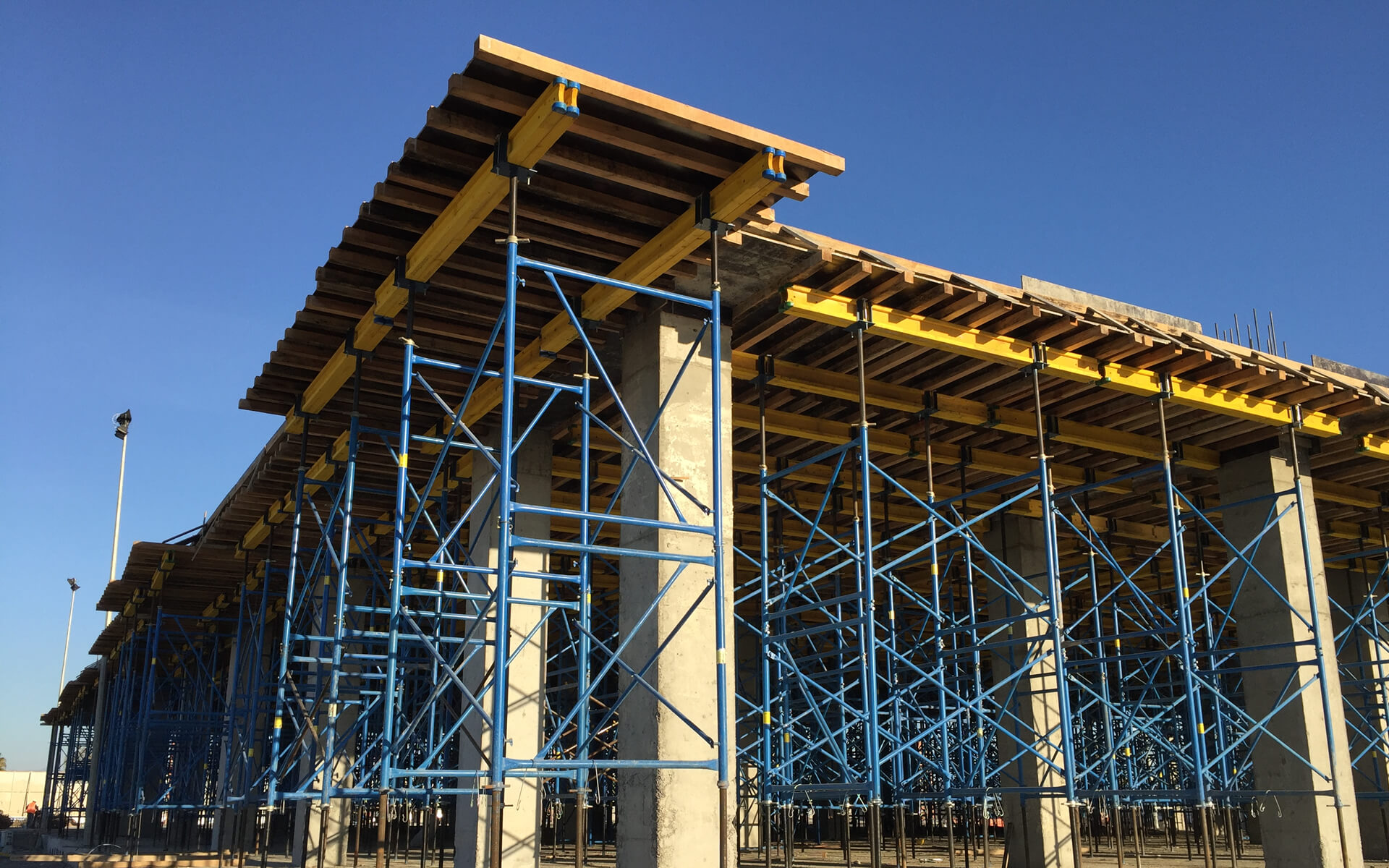
Scaffoldings erection details
1. The load of the scaffolding shall not exceed 270kg/m2. It can be used only after it has been accepted and certified. It should be inspected and maintained frequently during use. If the load exceeds 270kg/m2, or the scaffolding has a special form, it should be designed. 2. The steel pipe column...Read more -
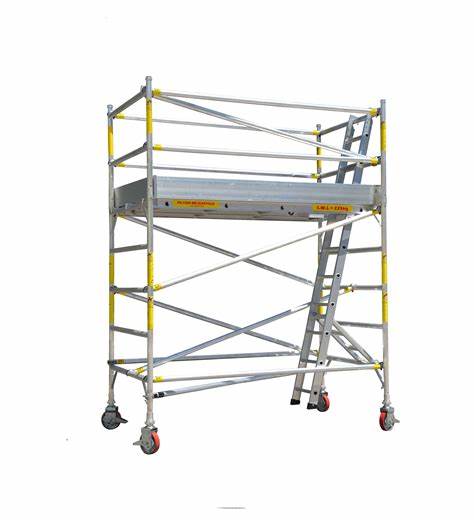
What is the mobile scaffolding
Mobile scaffolding refers to various supports erected at the construction site for workers to operate and solve vertical and horizontal transportation. It has the characteristics of simple assembly and disassembly, good load-bearing performance, safe and reliable use, etc. It has developed rapidl...Read more -
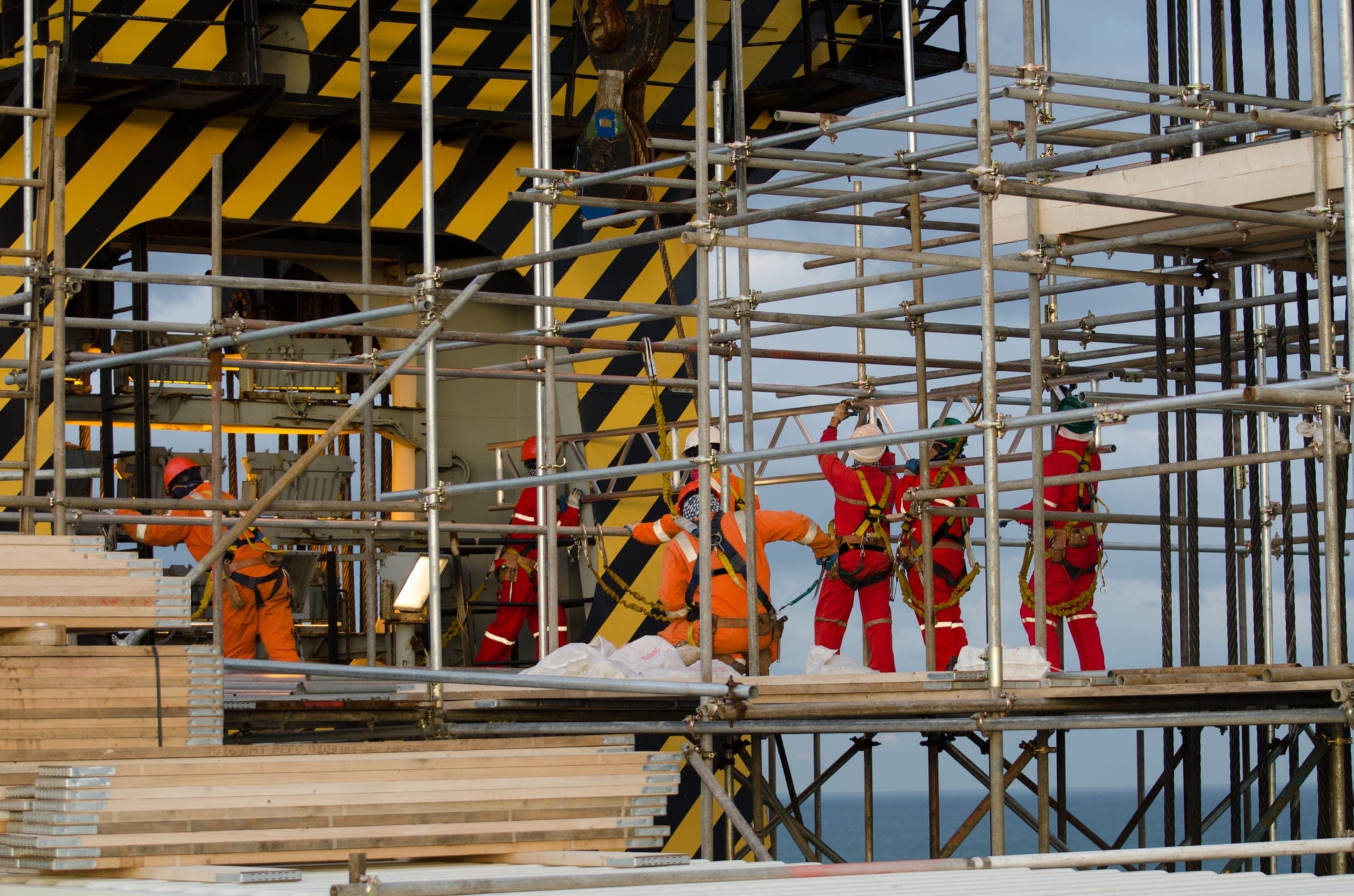
Safety Technical Specifications for cup lock Scaffolding
Bowl-buckle scaffolding is composed of steel pipe vertical poles, horizontal bars, bowl-buckle joints, etc. Its basic structure and erection requirements are similar to those of fastener-type steel pipe scaffolding. The main difference lies in the bowl-buckle joints. The bowl buckle joint is comp...Read more -
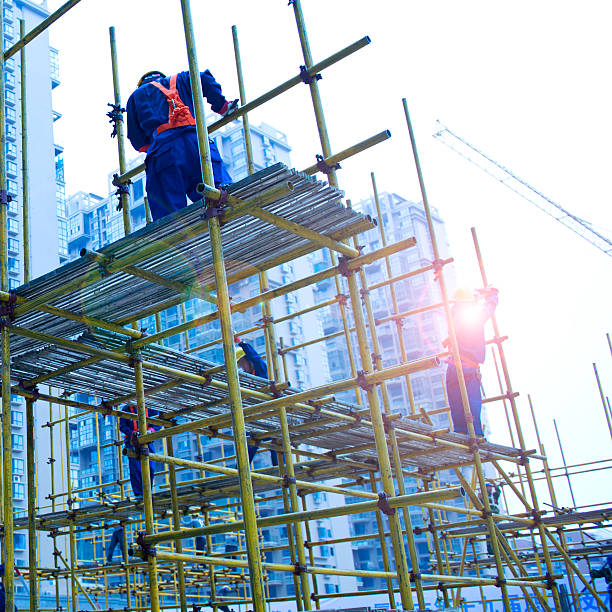
Notes on the construction of coupler-type steel pipes scaffolding
1. The spacing between poles is generally not greater than 2.0m, the horizontal distance between poles is not greater than 1.5m, the connecting wall parts are not less than three steps and three spans, the bottom layer of the scaffolding is covered with a layer of fixed scaffolding boards, and th...Read more -
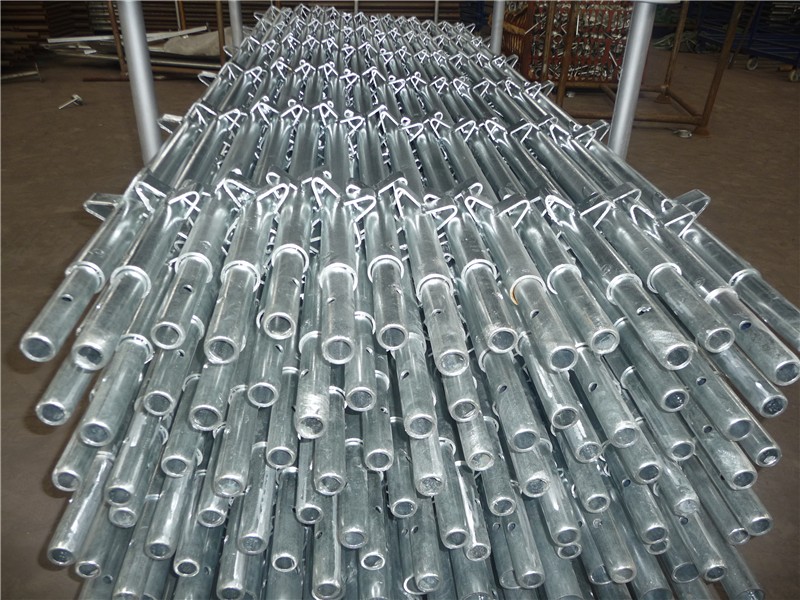
The Merits of Hot Dip Galvanizing for Scaffolding
Hot dip galvanizing is a highly advantageous method for coating and protecting scaffolding. Here are some merits of hot dip galvanizing for scaffolding: 1. Corrosion Resistance: Hot dip galvanizing provides superior corrosion resistance compared to other coating methods. The zinc coating acts as ...Read more -
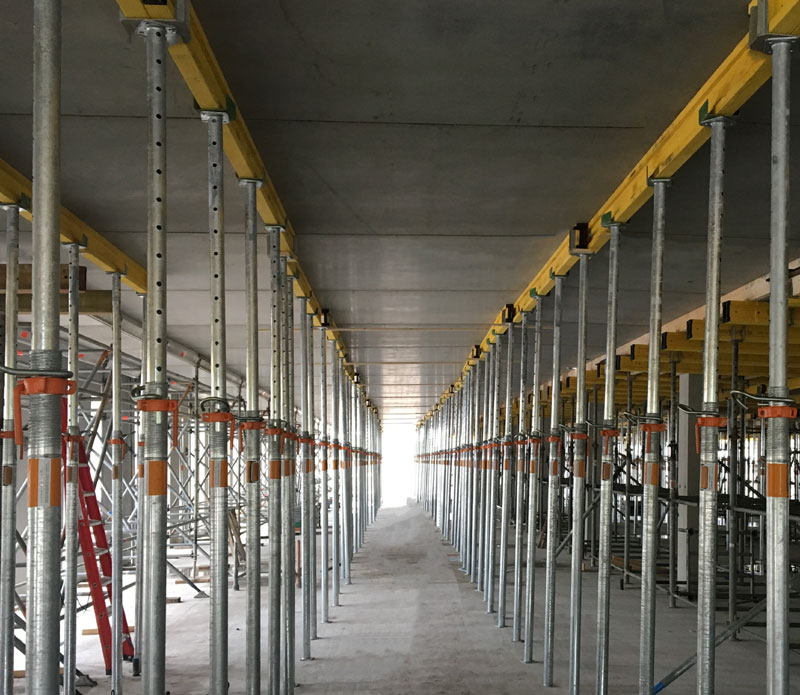
The Installation and Assembly of Shoring Props
The installation and assembly of shoring props requires careful planning and execution to ensure safety and proper function. Here are some key steps to follow: 1. Prepare the site: Clear the area of any debris or obstacles that could interfere with the installation. Also, ensure that the ground i...Read more -
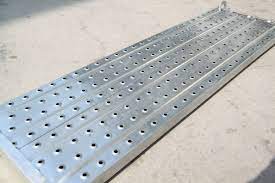
Precautions for the Assembling of Galvanized Steel Planks
When assembling galvanized steel planks, there are several precautions that should be taken: 1. Ensure the correct size and spacing of the planks: Check the specifications of the planks to ensure that they are the correct size and spacing for the project. This will ensure a stable and secure stru...Read more -
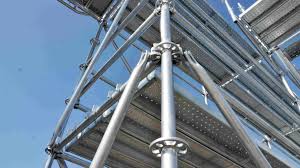
How to Distinguish Inferior Ringlock Scaffolding and High-Quality Ringlock Scaffolding?
Distinguishing inferior ringlock scaffolding from high-quality ringlock scaffolding can be done by considering the following factors: 1. Material Quality: High-quality ringlock scaffolding is made from high-grade steel, which ensures durability and long-term performance. On the other hand, inferi...Read more -
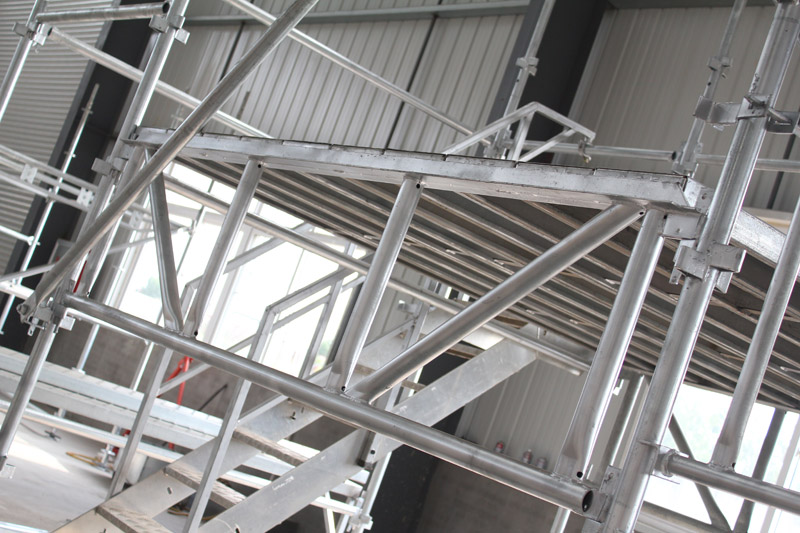
Why We Recommend You to Use Kwikstage Scaffolding?
Kwikstage scaffolding is a highly recommended form of scaffolding for various construction and industrial applications due to its numerous advantages. Here are some reasons why we recommend using Kwikstage scaffolding: 1. Ease of Assembly and Disassembly: Kwikstage scaffolding is designed for qui...Read more
